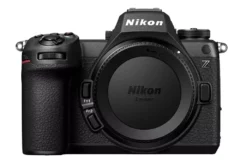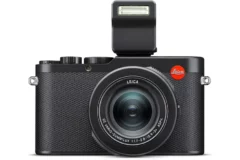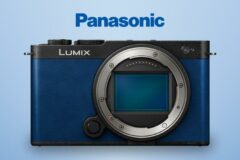The Smartphone Vs. Digital Camera
Whether you are a professional paparazzo, a dedicated hobbyist photographer, or simply interested in taking pictures, you will have probably heard people say that with a smartphone, there is no longer a need for a digital camera. It’s a bold statement that you can imagine being the case with new technology, but is there any truth in it? Has the smartphone replaced the need for the digital camera in 2021, or should you still be using a digital camera?
Accessibility
One of the biggest advantages that the smartphone has over the digital camera is accessibility. This is because, quite simply, the majority of people will always have their smartphones on them at all times. Having your smartphone in your pocket or even in your hands makes it easy to snap a photograph quickly. However, a digital camera is not as easy to transport as it is bulkier. That makes the digital camera less accessible and therefore less practical.
Zoom
While many people are happy to say that the camera on the majority of smartphones rivals that of the standard digital camera, that comparison tends to become a little less confident when the subject turns to zoom. While zoom capabilities on smartphones have become more advanced in recent years, it is still nowhere near that of a digital camera. That is because smartphones have digital zoom, which will typically mean that the quality of an image suffers when the zoom is used.
Editing Functionality
Images that you take on a smartphone and on a digital camera can be edited from a laptop. However, there are a few differences that will affect the editing process. Downloading images from a digital camera onto a laptop can be more time-consuming than when you are using a smartphone. This is because you will need to connect the SD card to the laptop directly, as with a digital camera, you can wireless send an image across.
Depending on the device you are using, you might struggle when trying to edit photos taken on a smartphone. This is because companies like Apple save the photographs taken on their smartphones as HEIC, which are not compatible with editing software like Adobe Photoshop.
Aside from the practical usage, the other big difference between editing a smartphone photograph and a digital camera is the quality. While this might not be noticeable on all laptops, if you are using a suitable display, you will notice a difference in the details. As Lenovo outlines, gaming laptops and other high-quality graphics devices will bring any lower quality images to the forefront of your attention.
Speed
Smartphones typically take some time for an image to be saved and reviewed, which can impact the creative process. Digital cameras tend to be much faster, which means that the photographer can take an image, review it and then start shooting again much more quickly.
Customization
Cameras on smartphones are definitely trying to rival that of the digital camera. While the quality of the camera on a smartphone cannot be denied, it is not as much of a creative tool as the digital camera is.
Using a digital camera provides you with an unrivaled level of customization. Photographers can change the lens on a camera, adjust the exposure, and fiddle with the shutter speed to get the very best photograph. With the majority of smartphones, the settings are all pre-set and will adjust automatically, giving it a reduced level of customization.
The smartphone camera has come a long way in recent years, with some models almost rivaling the quality of a standard digital camera. While the smartphone is a great device for capturing images on the on, it does not yet rival the level of creativity and quality you can achieve with the digital camera.








